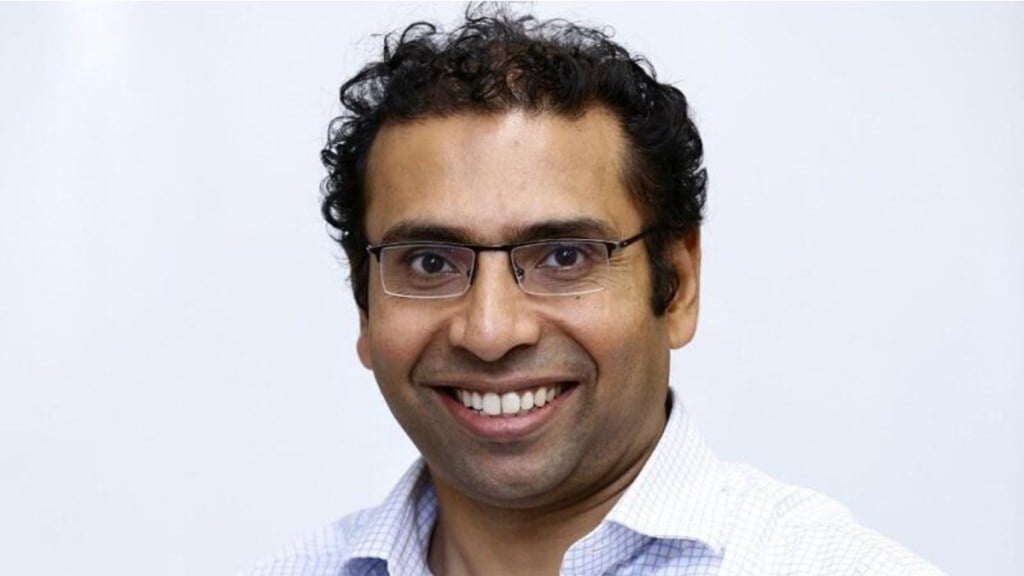India’s middle class is experiencing a decline in economic progress, attributed to a combination of persistent, long-term issues rather than a singular, acute event.
Saurabh Mukherjea, Founder and Chief Investment Officer of Marcellus Investment Managers, identifies three key factors contributing to this trend: stagnant income growth, job displacement due to automation, and an anticipated economic downturn. He argues that these forces are collectively undermining the financial stability of the middle class and creating significant uncertainty about their future.
Reason for economic stagnation
In a podcast, Mukherjea explained, “The middle class’s economic stagnation is driven by three primary factors.”
He first points to the issue of static income levels. “Income tax data reveals that middle-class earnings have remained relatively unchanged at approximately 1.05 million rupees annually for the past decade.” He further emphasises that, adjusted for inflation, “middle-class incomes have effectively halved over the last ten years. This is a substantial problem leading to increased debt accumulation as people strive to maintain their desired living standards.”
Machines replacing human
The second concern is the increasing prevalence of automation. “Machines are increasingly replacing traditional middle-class jobs, both in manufacturing and office environments,” Mukherjea states. “A clear example is the gradual replacement of bank tellers by ATMs and, subsequently, by automated systems.” He suggests that the advancement of generative AI will accelerate this trend, impacting both blue-collar and white-collar employment.
Finally, he highlights the cyclical nature of economic downturns. “India experienced a significant economic surge following the COVID-19 pandemic, driven by pent-up demand. However, this surge is now subsiding, leading to a predictable economic slowdown. The middle class is likely to bear the brunt of this post-pandemic cyclical downturn.”
While the cyclical downturn is expected to be temporary, Mukherjea warns that the structural issues of rising debt amid stagnant wages and job losses due to automation pose a long-term threat. He predicts that these factors will have a “substantial and adverse impact on the middle class over the next ten years.”

